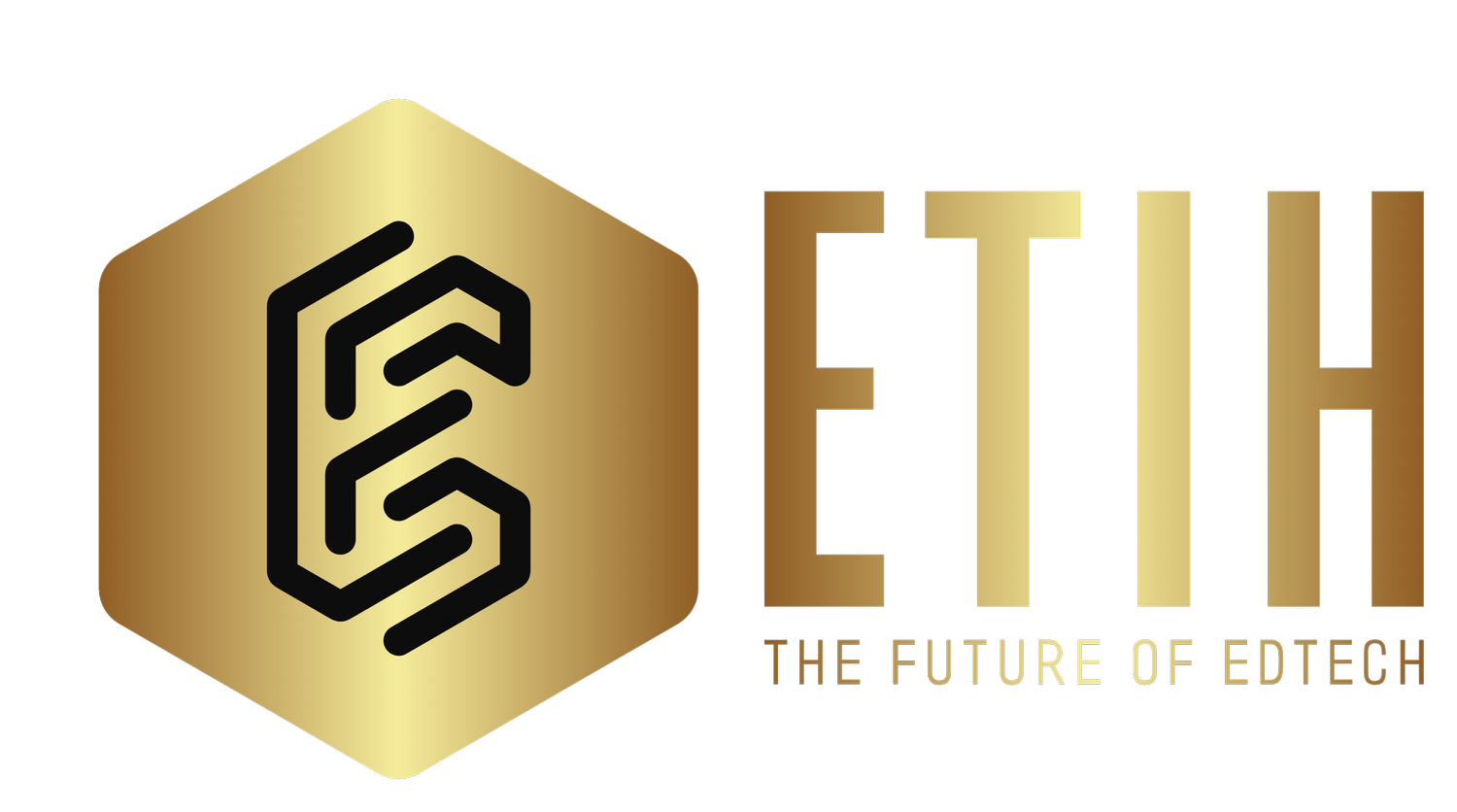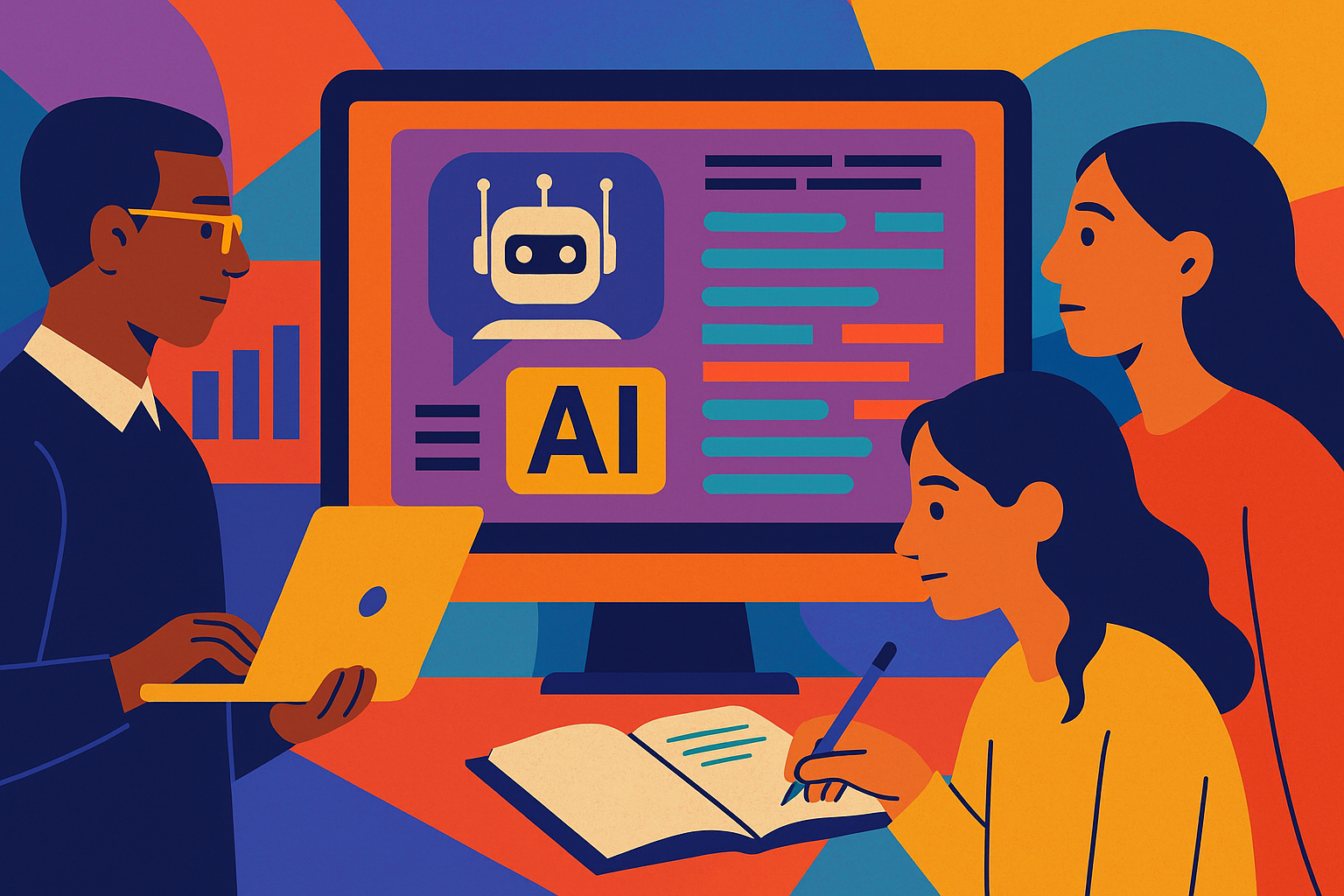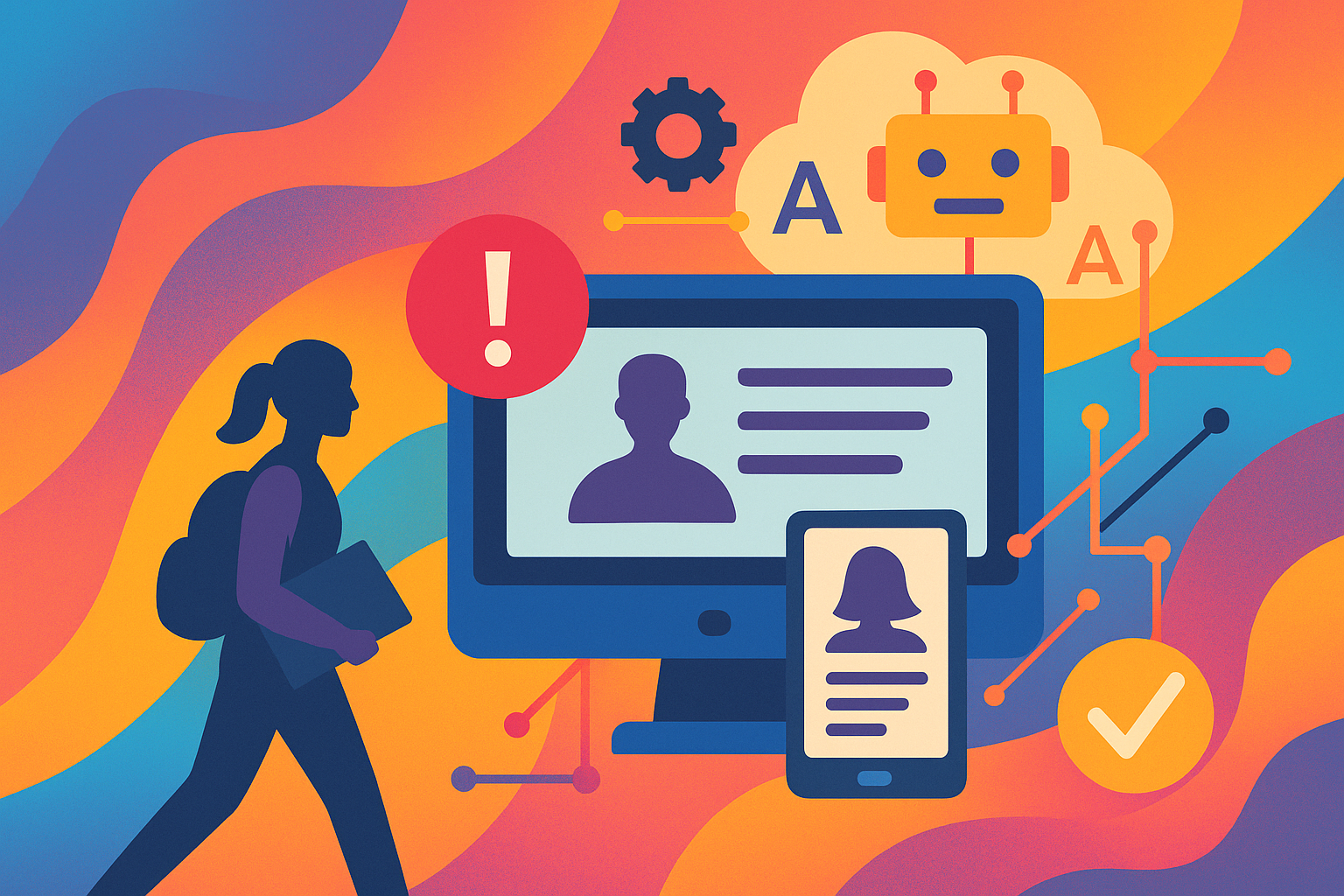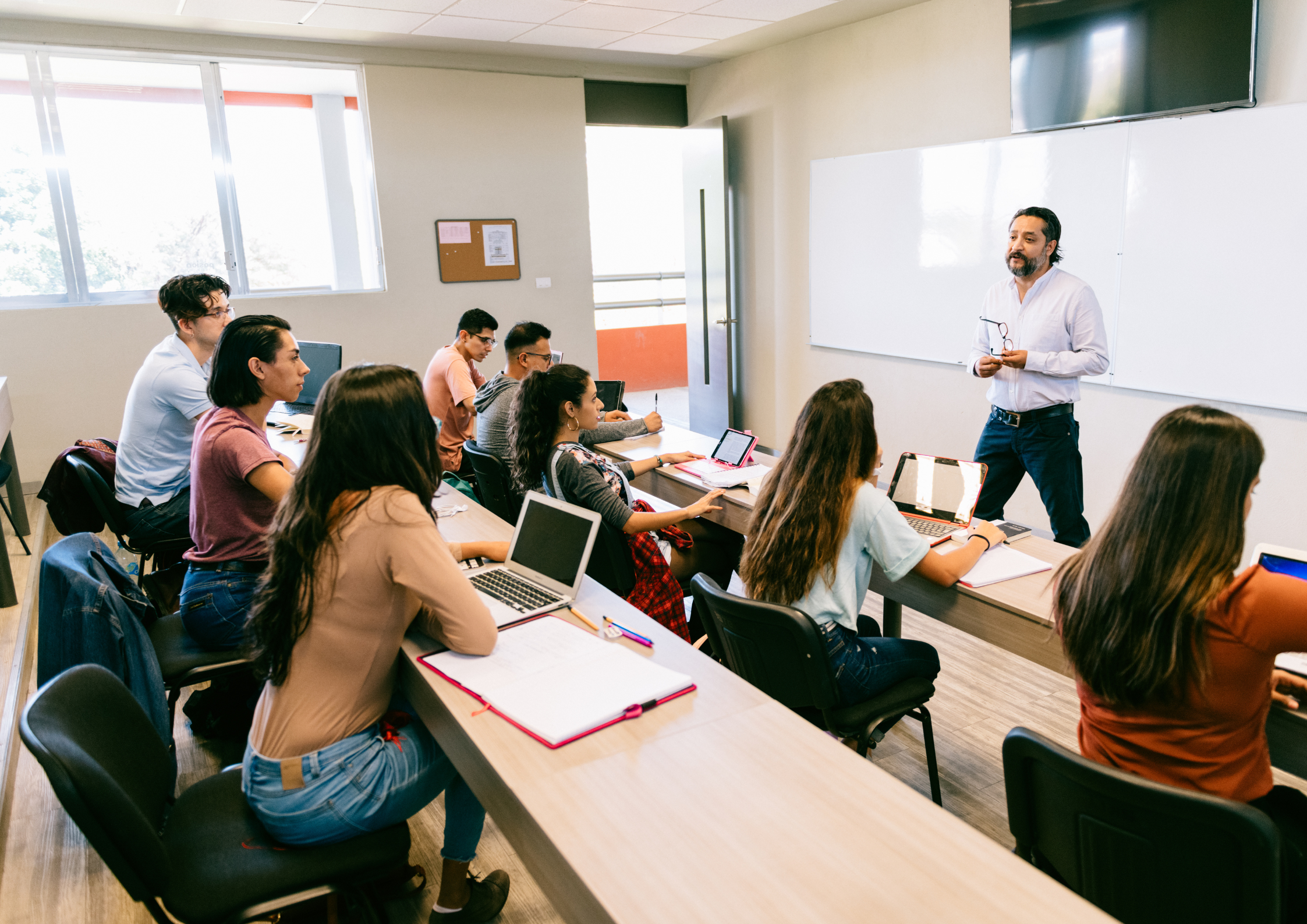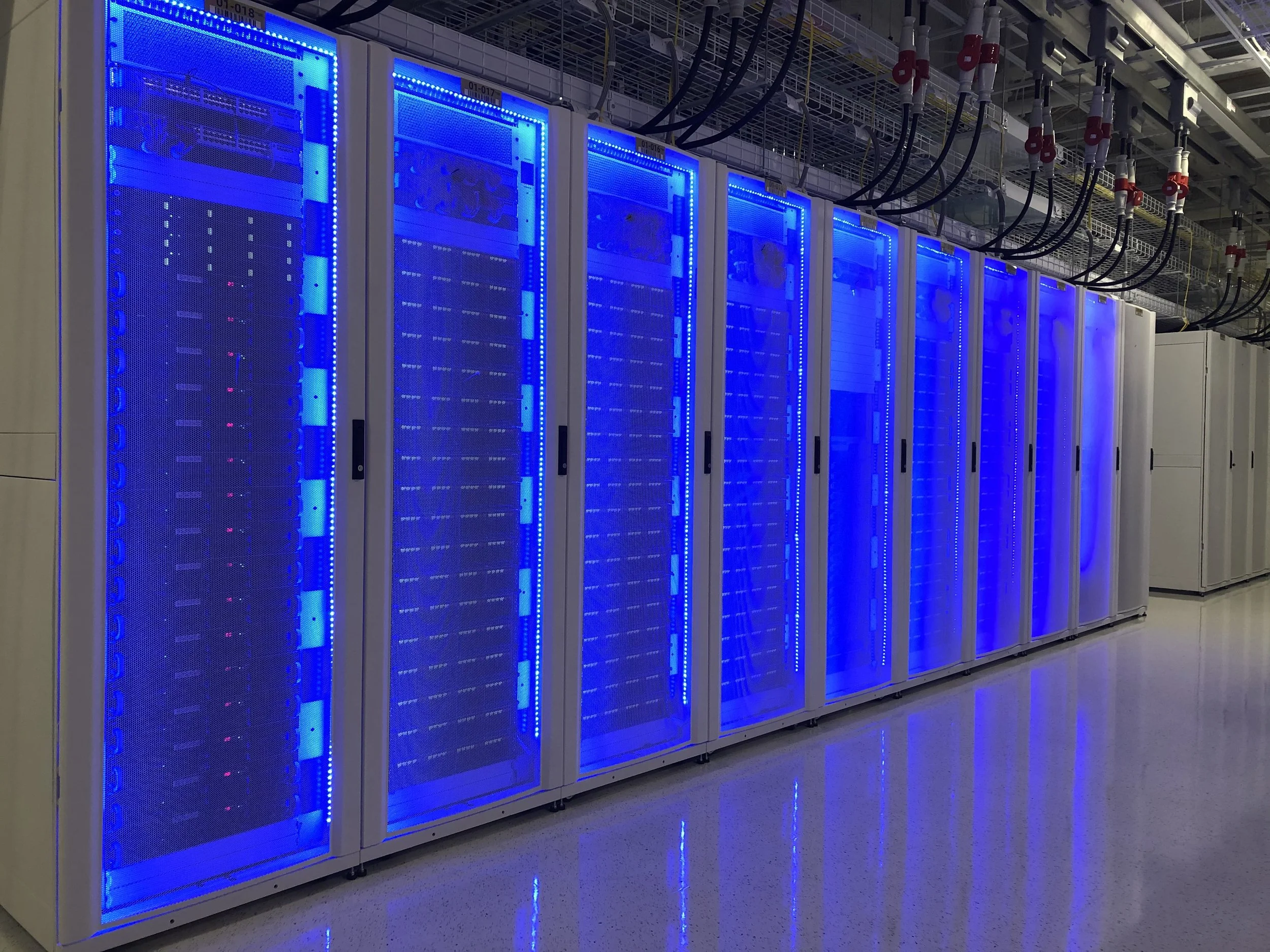Private schools lead AI adoption as state sector faces widening digital divide
A new Sutton Trust report highlights how UK private schools are outpacing state schools in AI adoption, training, and strategy, with the most disadvantaged students most at risk of being left behind.
Research by the Sutton Trust shows private schools are significantly ahead of state schools in adopting artificial intelligence.
The research, conducted by Teacher Tapp for the Sutton Trust, surveyed more than 10,000 teachers across England between 3–14 April 2025, including over 600 headteachers and 2,000 senior leaders. The survey results were weighted to reflect national demographics such as funding levels, teacher age, gender, and school ratings.
It reveals private schools are significantly ahead of state schools in adopting artificial intelligence. Teachers in private schools are more than twice as likely to have received formal AI training (45 percent compared to 21 percent in state schools) and substantially more likely to have had informal training (77 percent vs 45 percent).
The pattern continues within the state system. Teachers in schools rated “outstanding” by Ofsted are more than three times more likely to have received formal AI training (35 percent) than those in schools rated “requires improvement” or “inadequate” (11 percent). Teachers in disadvantaged schools are also less likely to have any structured support for AI adoption.
While most teachers use AI in some form, 62 percent said they had used it at least once in the past month, private schools have integrated AI tools into daily routines far more extensively. Only eight percent of private school teachers reported not using AI at all, compared to 17 percent of state school teachers. Daily use of AI is more common in private schools (18 percent vs 11 percent in state schools).
Confidence levels are also split. Nearly a quarter of state school teachers say they are “not at all confident” in using AI tools, compared to 15 percent in private schools. This lack of confidence risks limiting the ability of state schools to harness potential benefits such as time savings and workload reduction.
Inequalities within the state sector
The report highlights inequities even within the state sector. Schools with more affluent intakes were more likely to report both formal training (26 percent vs 18 percent) and informal training (54 percent vs 41 percent) than those with higher proportions of disadvantaged pupils.
More resourced schools are also more likely to have dedicated staff overseeing AI and formal strategies guiding its use. Currently, private schools are three times more likely to have a school-wide AI strategy (27 percent vs nine percent), while outstanding-rated state schools are three times more likely than those requiring improvement (13 percent vs 4 percent).
This lack of oversight creates what the Sutton Trust calls a “digital wild west,” where AI tools are being adopted unevenly and without sufficient monitoring. Teachers often lack guidance on how to integrate AI ethically or effectively, raising risks of misuse and inconsistency across classrooms.
How schools are using AI
Teachers most commonly use AI for lesson planning and preparation (44 percent), but private schools report broader use across multiple areas. Private school teachers are far more likely than their state school counterparts to use AI for:
Writing pupil reports (29 percent vs 11 percent)
Creating assessments (24 percent vs 14 percent)
Communicating with parents (19 percent vs 11 percent)
Marking work (12 percent vs seven percent)
Continuing professional development (14 percent vs eight percent)
The ability to integrate AI across these functions can free teachers’ time for direct instruction and student support, but this benefit is not evenly distributed. In schools with fewer resources, teachers are missing opportunities to reduce workload pressures.
Case studies and contrasting approaches
The report includes examples of schools adopting different approaches to AI. Thistle Hill Academy, a well-resourced state school in Kent, has embedded AI tools into staff training and has a designated AI lead who oversees integration. By contrast, schools in deprived areas such as parts of the North East report limited use due to lack of devices, training, and clear strategy.
Private schools such as Alleyn’s School in London are piloting AI tools for individualised student feedback and integrating AI literacy into their curriculum, positioning their pupils ahead in understanding and navigating emerging technologies.
This uneven approach raises concerns about a two-tier education system in which more affluent students are better prepared for a future shaped by AI.
Policy and safeguarding concerns
Beyond inequality of access, the Sutton Trust highlights risks around oversight and safeguarding. Few schools, state or private, currently monitor AI use by students in a consistent way. Without strong guidelines, students may misuse AI tools for plagiarism or rely on them in ways that undermine critical thinking skills.
Nick Harrison, CEO of the Sutton Trust, says the current situation risks entrenching existing educational inequalities. “It’s startling how rapidly an AI digital divide is opening up in schools. This is a crucial time in integrating AI tools into teaching, yet private schools, and some of the most affluent state schools, are already forging ahead in a sort of digital wild west. If this isn’t quickly tackled head on, schools serving the most disadvantaged pupils risk falling further behind.”
The UK government has so far issued broad guidance on the ethical use of AI in education but has not mandated specific training or strategy requirements for schools. The report warns that without intervention, disadvantaged students could face lower-quality AI tools or no access at all, reinforcing the socio-economic attainment gap.
Recommendations for closing the gap
The Sutton Trust calls for urgent action to address these gaps, including:
Providing all students eligible for Pupil Premium with devices for AI-enabled learning.
Mandating AI training for school leaders and embedding AI literacy into teacher professional development.
Requiring every school to have a designated senior staff member responsible for AI strategy and oversight.
Monitoring socio-economic gaps in AI access and use, and directing Pupil Premium funding to support AI initiatives in disadvantaged schools.
The report emphasizes that while AI has potential to enhance teaching and learning, it must be deployed equitably and safely. If not, AI could become another driver of inequality rather than a tool to level the playing field.
Harrison adds: “These tools can provide a range of benefits to overworked teachers, but their use is spread unevenly, with inequalities in training and appropriate guidance and monitoring. If action isn’t taken to close these widening gaps, access to AI risks becoming the next major barrier to opportunity for disadvantaged young people. The type of school you go to shouldn’t determine your chances of benefiting from AI in education.”
